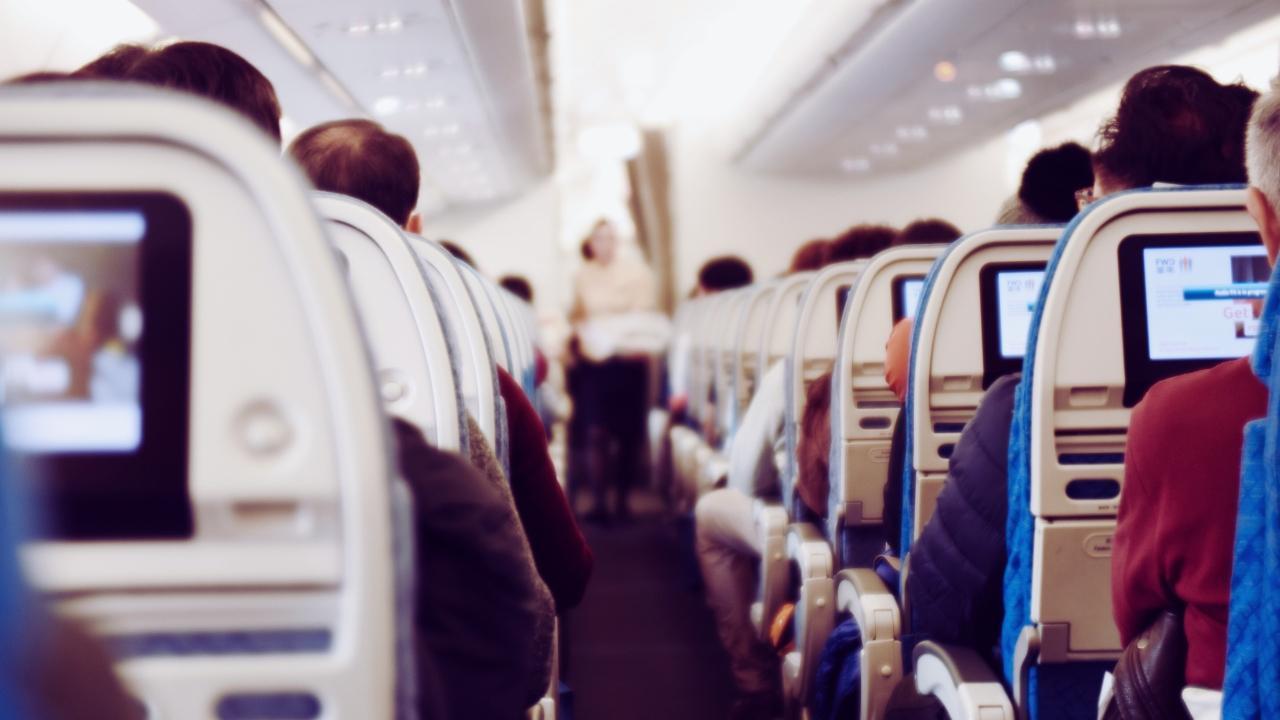
Join 10k+ people to get notified about new posts, news and tips.
Do not worry we don't spam!

Post by : Anis Farhan
Once a luxury for the middle class, air travel in Southeast Asia has undergone a transformation in the past two decades — and budget airlines are at the heart of it. Today, flying from Bangkok to Bali or from Kuala Lumpur to Manila can cost less than a meal in a five-star hotel. Thanks to the rise of low-cost carriers (LCCs), air travel has become a common mode of transport, not a privilege.
From the surge in domestic tourism in Indonesia to cross-border weekend getaways between Singapore and Thailand, budget airlines have opened skies to millions. But behind the convenience lies a larger story — one of infrastructure, competition, shifting traveler behavior, and the evolving role of aviation in Southeast Asia’s economic and tourism ecosystems.
The LCC wave in Southeast Asia began in earnest in the early 2000s. Malaysia’s AirAsia, with its famous slogan “Now Everyone Can Fly,” was a trailblazer. From a struggling state airline, it transformed into a regional powerhouse with affiliates in Thailand, Indonesia, the Philippines, and Cambodia.
Soon after, Cebu Pacific (Philippines), Lion Air (Indonesia), Nok Air (Thailand), and Scoot (Singapore, under Singapore Airlines) joined the fray. These carriers adopted business models that offered unbundled fares — basic seat prices with additional charges for baggage, meals, and seat selection.
What they gave up in frills, they made up in frequent routes, flexible pricing, and aggressive expansion — a strategy that tapped into the region’s growing middle class, digital booking culture, and rising intra-ASEAN mobility.
The impact of budget carriers is perhaps most visible in the densification of short-haul air routes. Prior to the 2000s, travel between smaller Southeast Asian cities was often routed through major hubs like Singapore or Bangkok. LCCs disrupted this model.
Now, there are direct connections between second-tier cities:
Surabaya to Penang, Chiang Mai to Ho Chi Minh, Manila to Kota Kinabalu, and Medan to Johor Bahru — routes that once required overnight buses or long layovers.
New airlines like Thai VietJet and Super Air Jet are serving younger demographics and opening up tourism clusters beyond capital cities.
This shift has supported the rise of regional travel — not just for leisure, but also for education, medical tourism, and migrant work. The affordability and frequency of flights are gradually replacing trains, ferries, and buses as the default travel option for the under-35 demographic.
Post-pandemic, the region saw an immediate bounce in demand for budget travel. According to 2024 IATA data, more than 60% of Southeast Asia’s total air passengers flew with LCCs. Key trends include:
Short-haul weekend travel: Young professionals are increasingly flying for 2–3 day leisure trips, often booking via mobile apps with dynamic pricing.
Cross-border student and work travel: Budget carriers have become essential for low-income workers and students commuting between ASEAN countries.
Rise in first-time flyers: In nations like Cambodia and Laos, LCCs are bringing rural populations into air mobility systems for the first time.
Importantly, digital platforms and mobile payment options have democratized ticket booking, especially through regional super apps like Grab, Traveloka, and Tiket.com.
While the LCC model is popular, it’s not without challenges. Many budget airlines operate on thin margins, making them vulnerable to fuel price volatility, currency fluctuations, and infrastructure constraints.
COVID-19 caused severe turbulence — some players like Thai AirAsia X and Jetstar Pacific were forced to restructure or suspend operations temporarily. Others merged or downsized. In 2023–24, a wave of consolidation occurred across Indonesia and Malaysia, as airlines sought scale to withstand economic shocks.
New competitors continue to emerge, including hybrid models that blur the line between full-service and budget carriers. Batik Air and FlyNAS are examples of regionally expanding models offering budget-plus experiences.
The LCC boom has placed significant pressure on secondary airports, many of which were not designed to handle high-frequency, high-volume traffic. While regional hubs like Don Mueang (Bangkok) and KLIA2 (Kuala Lumpur) cater specifically to low-cost carriers, many smaller terminals in Vietnam, the Philippines, and Indonesia are now undergoing expansion.
Governments across ASEAN are investing in aviation infrastructure upgrades, runway expansions, and digital boarding systems to cope with the demand. These investments are not just about capacity — they’re also about competitiveness, especially as regional travel becomes a strategic pillar in post-pandemic economic recovery.
The rapid expansion of LCCs is drawing attention to carbon emissions, noise pollution, and over-tourism in fragile ecosystems like Bali, Chiang Mai, and Langkawi. Budget airlines, by enabling cheap travel, inadvertently drive up tourist volume in ecologically sensitive zones.
In response, regulators are beginning to discuss green aviation policies. Some LCCs are exploring more fuel-efficient aircraft (like the Airbus A321neo) and carbon offset programs. However, true sustainability remains elusive without coordinated ASEAN-wide frameworks.
Budget airlines are no longer just an alternative — they are the engine of regional mobility. As Southeast Asia becomes more integrated economically, socially, and culturally, low-cost air travel will continue to shape how people move, connect, and build lives across borders.
But to make this model sustainable, the region must:
Invest in smarter airport infrastructure, especially in Tier 2 cities.
Promote fare transparency to protect consumers.
Balance tourism promotion with ecological limits.
Ensure labor protections for airline and airport workers — many of whom are underpaid or contractual.
The future of budget travel in Southeast Asia is promising, but it must be inclusive, resilient, and responsible.
This article is for editorial and informational purposes only. It does not represent the views of any airline, regulatory body, or tourism board. Readers should refer to official airline announcements and aviation authorities for specific travel guidelines.










Conway Shines as New Zealand Edges Out West Indies in Napier
Devon Conway and Rachin Ravindra propel New Zealand to a five-wicket victory over West Indies, clinc

Ja'Marr Chase Faces One-Game Suspension Following Spitting Incident
Bengals' Ja'Marr Chase receives a one-game suspension after spitting on Jalen Ramsey; his appeal has

England Names 12-Man Squad for Opening Ashes Test in Perth
England reveals a 12-man squad for the first Ashes Test in Perth, featuring Shoaib Bashir and a pace

Roger Federer Inducted into Tennis Hall of Fame in Historic First Year
Tennis icon Roger Federer receives Hall of Fame recognition in his first year, alongside renowned co

Steve McClaren Steps Down as Jamaica’s Head Coach Following World Cup Qualifying Draw
After a crucial goalless draw with Curacao, Steve McClaren resigns as Jamaica's head coach, leaving

Daryl Mitchell Tops ICC ODI Rankings, Updates Released
Daryl Mitchell ascends to No.1 in the ICC ODI rankings, with boosts for players from New Zealand, In